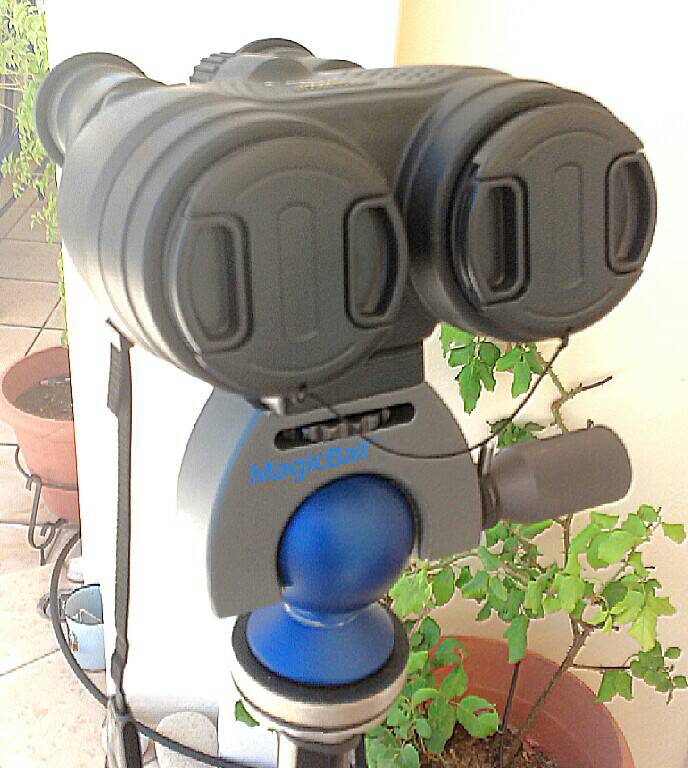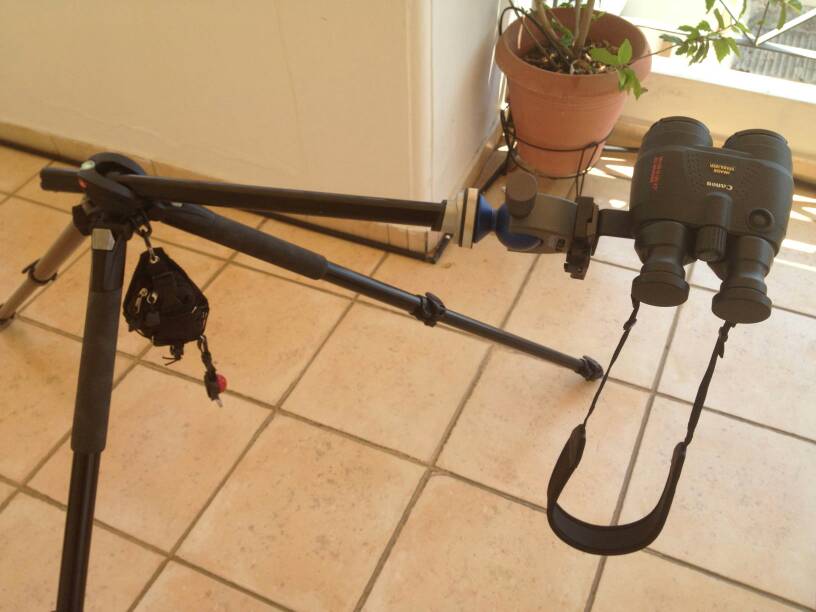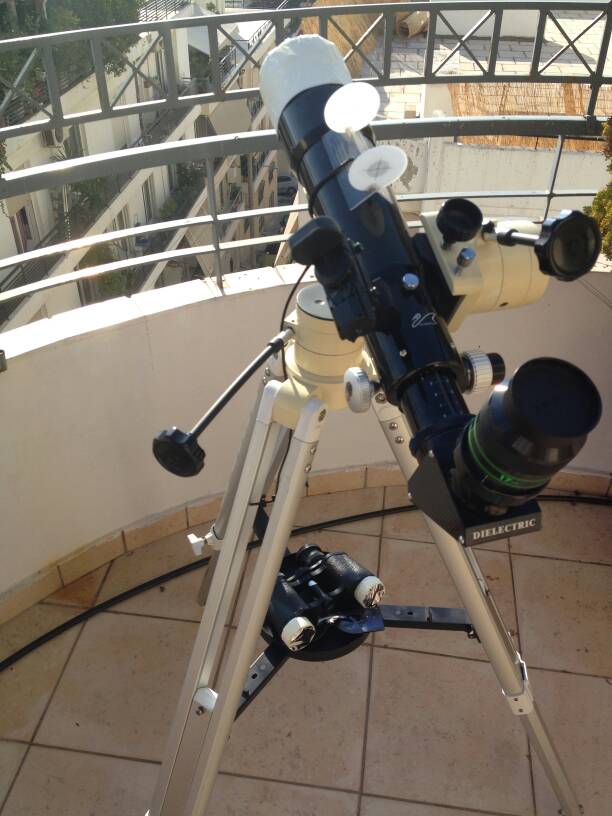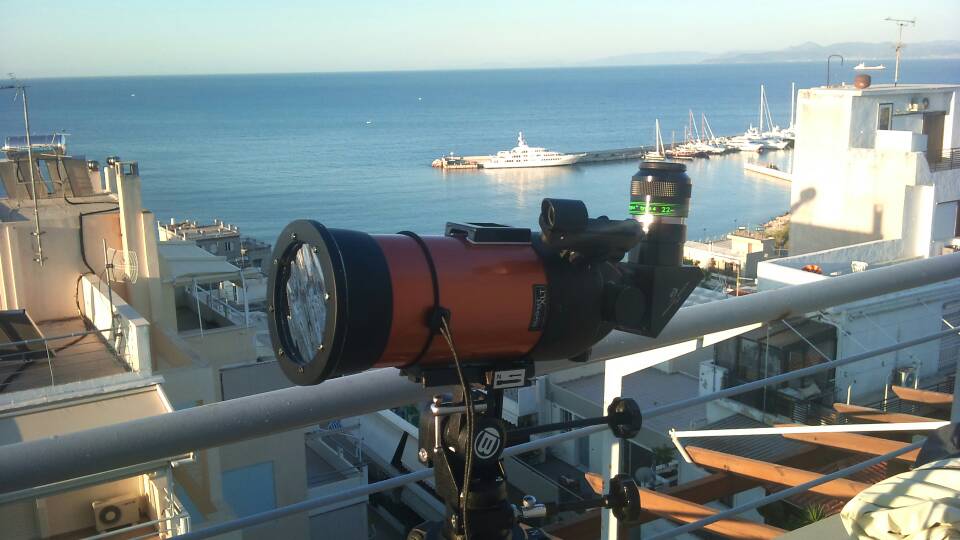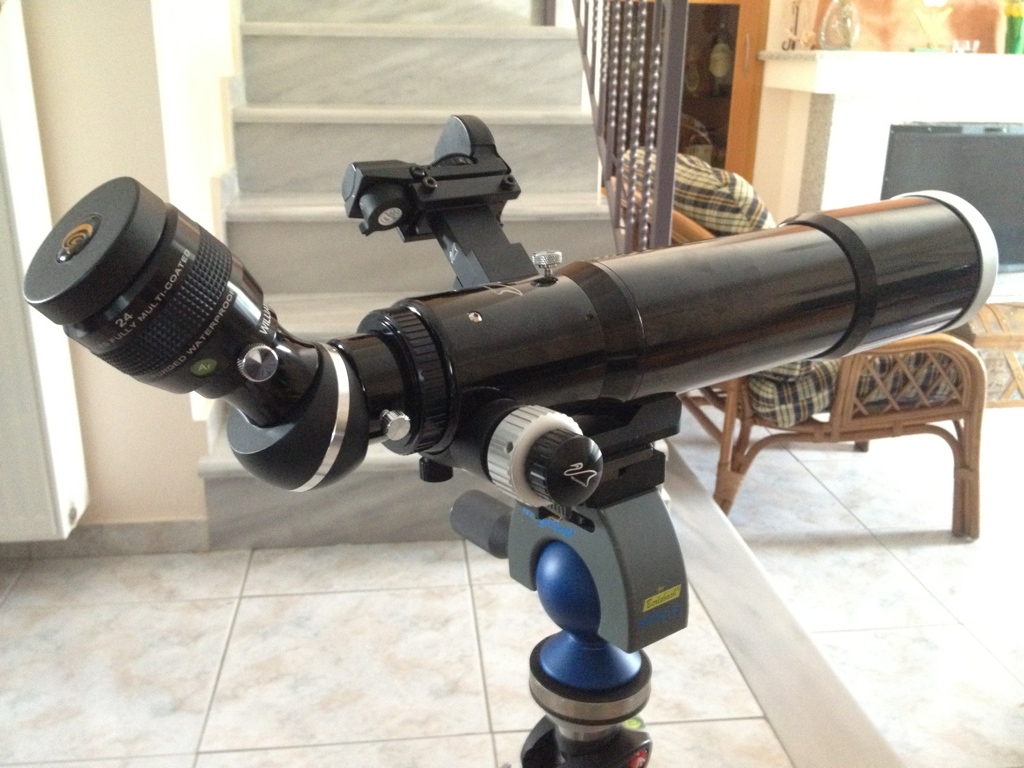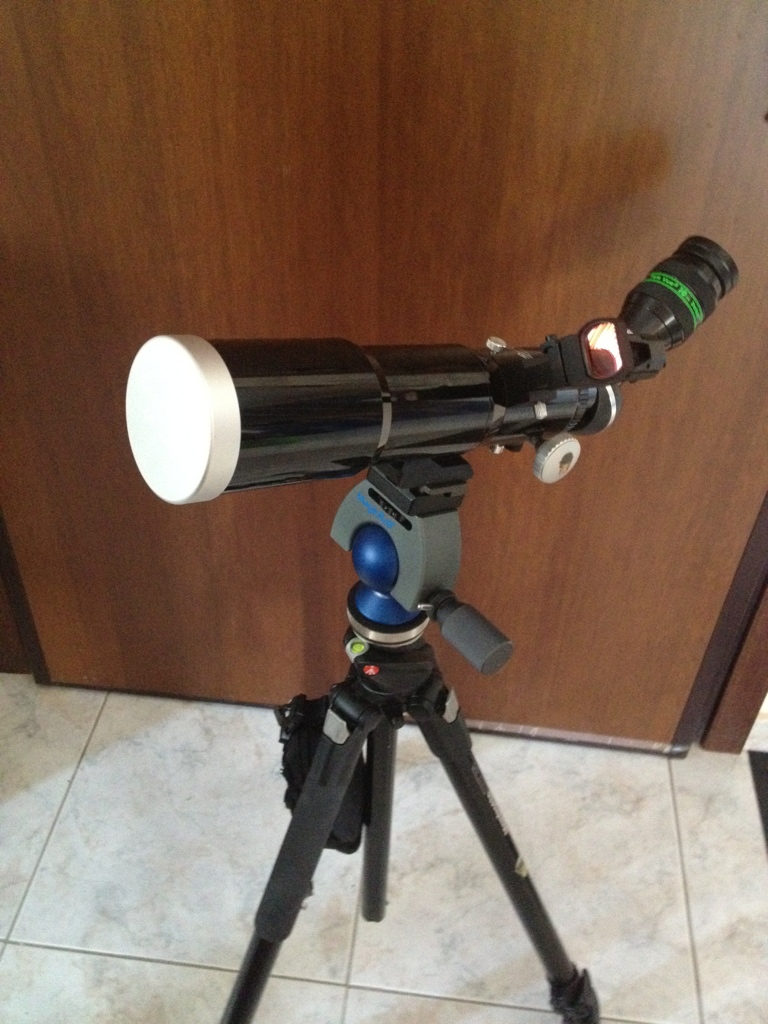goldenarrow
Well-known member
polarizer?
Anyone ever try using a linear polarizer on the end of a 2 inch eyepiece holder? Would that improve contrast for visual use???
:h?:
Anyone ever try using a linear polarizer on the end of a 2 inch eyepiece holder? Would that improve contrast for visual use???
:h?:




